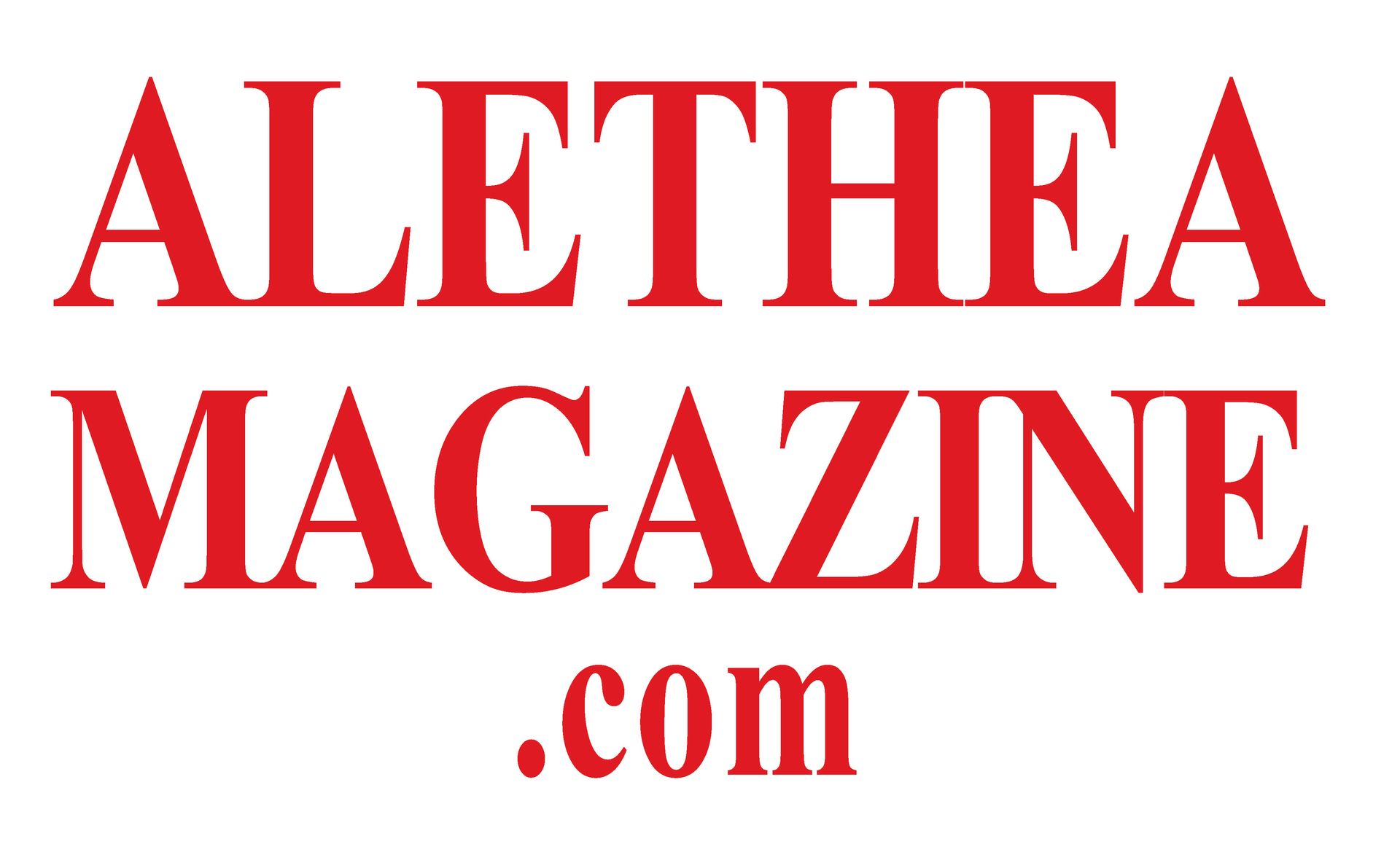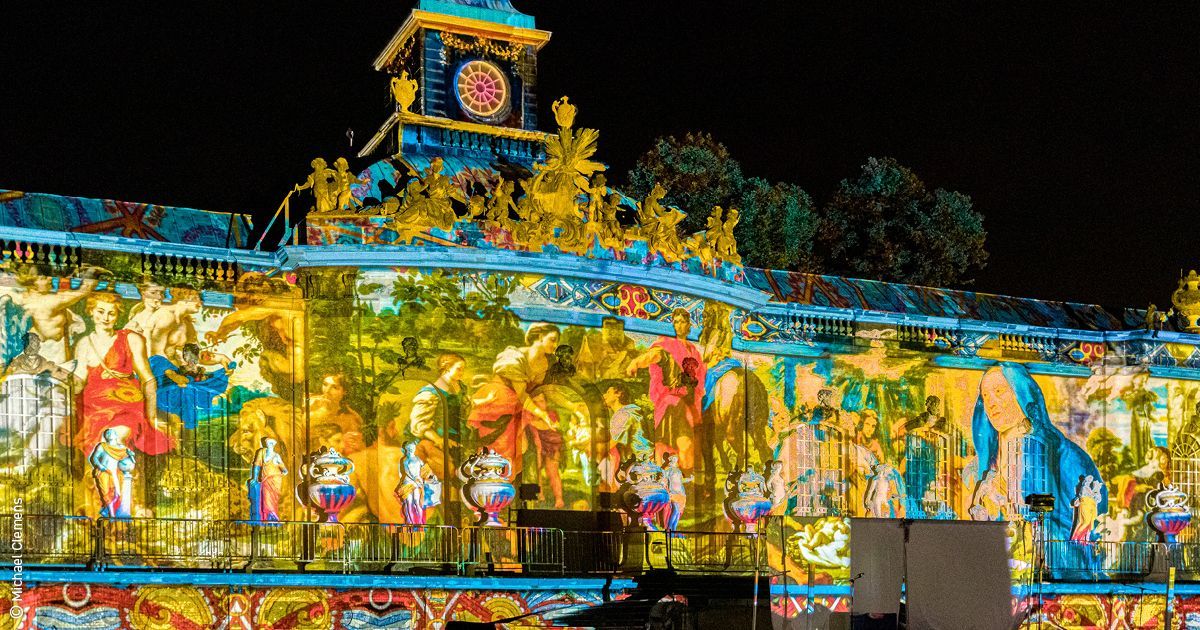Art Calendar, 16 May 2023
For your summer travels you could immerse yourself in dramatic, poetic but also apocalyptic world of Anselm Kiefer on a trip to Barjac.
Anselm Kiefer is one of the most important German artists in the world. His central theme is the Second World War and the terrible treatment of people during that time.
Read about Barjac in Anselm Kiefer's own words.
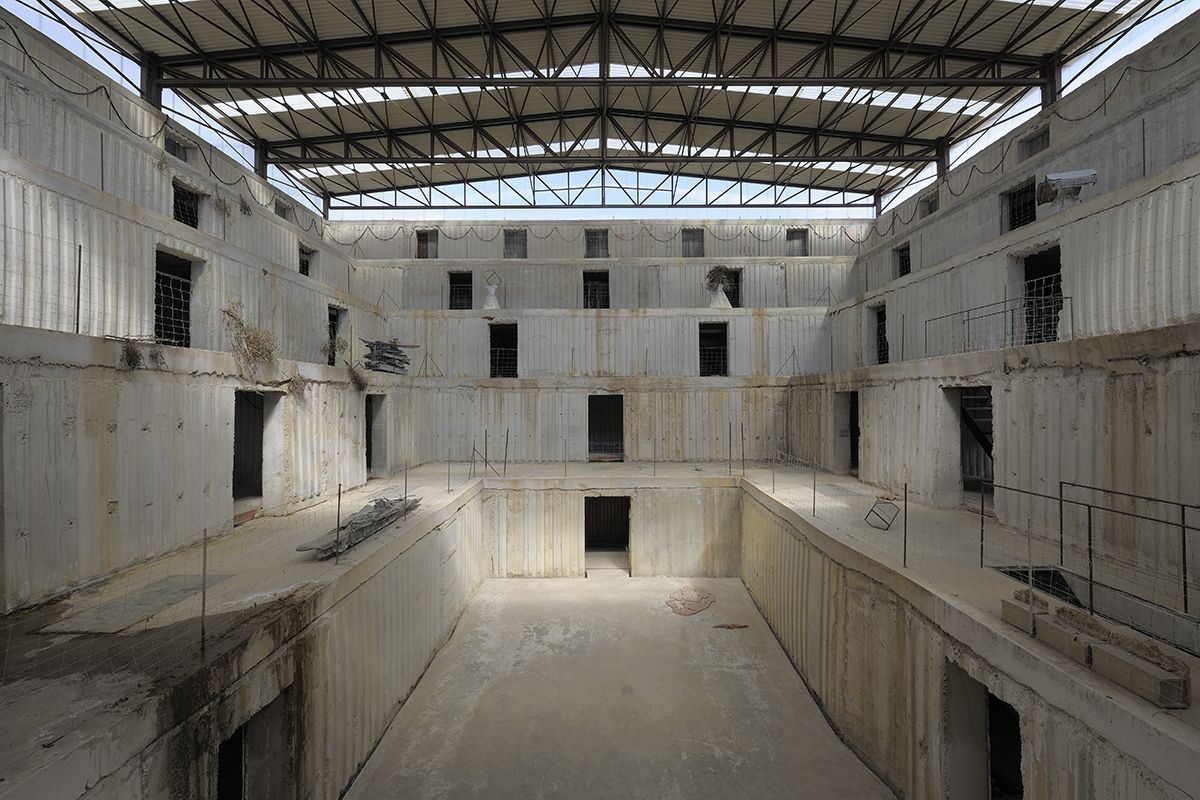
Amphitheatre 1999-2002 Photo: Charles Duprat / Copyright: Anselm Kiefer
The complex area is reminiscent of a Greek theatre
In 1992, Anselm Kiefer left Germany and bought the former silk spinning mill "La Ribaute" in the south of France near Barjac. From 1993 to 3008, Kiefer transformed his approximately 40-hectare studio grounds into a unique artistic complex. Barjac is located 70 kilometres northwest of Avignon, France. Established in 2016, the Eschaton-Anselm Kiefer Foundation was founded as a nonprofit organisation in Salzburg, Austria. In 2020, the French state allowed Eschaton to be donated to the Foundation.
Concrete houses tower metres
high as "sky palaces". Fields of ruins were carved into the landscape with excavators and jackhammers. In addition, the site is accessible underground through a tunnel system that houses hall-sized "crypts" installations. From 2014, Anselm Kiefer also invited other colleagues to help shape the landscape, such as Valie Export, Giovanni Anselmo, Laurie Anderson and Monica Bonvicini. As well as the artist and sculptor Wolfgang Laib, who comes from Metzingen in southern Germany and was awarded one of the most important art prizes, the Premium Imperiale, in 2015. Laib designed an underground space completely covered in beeswax.
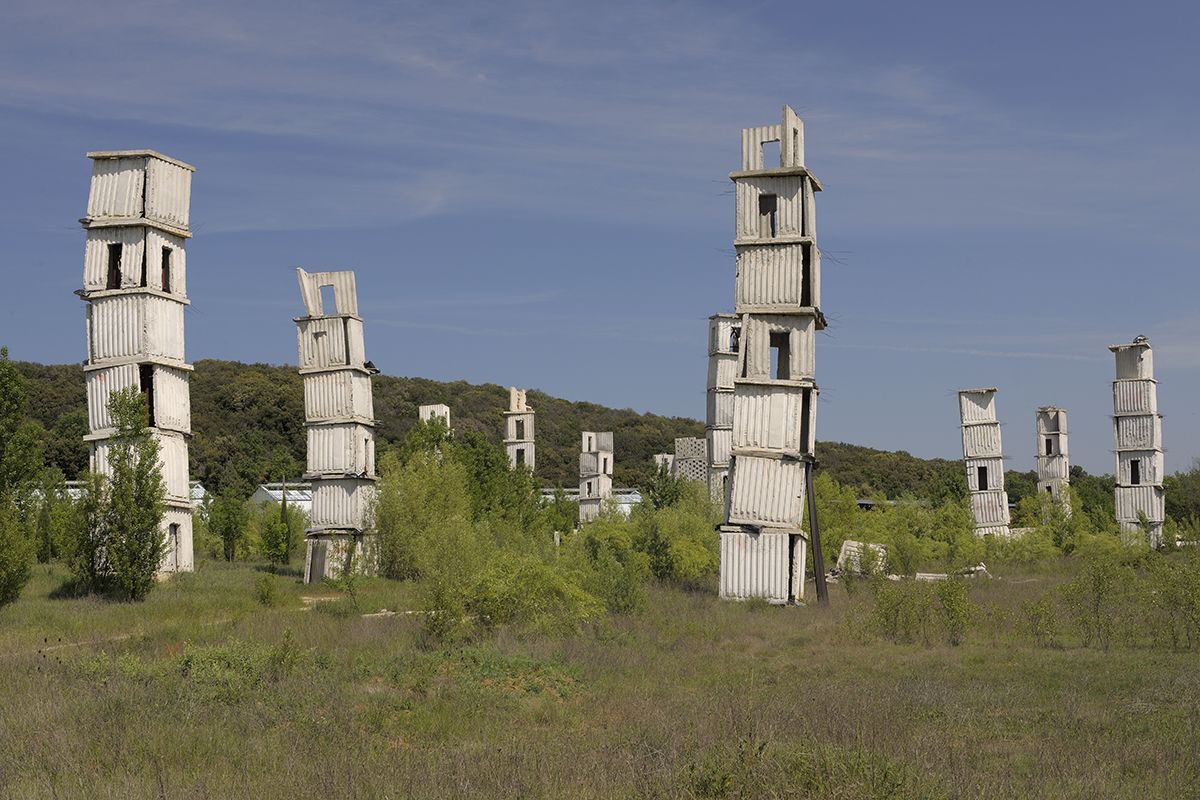
The Palaces of Heaven 2003-2018 Photo: Charles Duprat / Copyright: Anselm Kiefer
Creation and rebirth arise from ruins
According to the artist, the name Eschaton refers to the cyclical nature of life and the concept that creation and rebirth emerge from ruins and are made possible by ruin and destruction. This is also an important leitmotif in Anselm Kiefer's art.
Tours of the monumental art installations and 60 buildings by Anselm Kiefer and also other artists are only possible as part of a registered guided tour. The guided tour lasts about 3 hours and shows works from 1980 to today, such as sculptures, paintings and installations. Visitors are asked to wear suitable shoes, as the route also takes them along dirt roads and even through narrow underground tunnels.
"Everything you see in La Ribaute is part of an ensemble whose elements are interconnected: They complement each other in one place, collide or diverge, only to reunite even more effectively elsewhere." - Anselm Kiefer
Important to know
The studio grounds are open from mid-April to the end of October, interrupted by a summer break (2023 from 6 August to 6 September inclusive).
Guided tours are offered on Wednesdays, Thursdays and Fridays.
Language: French, English and German offered
Admission price: approx. 29 euros
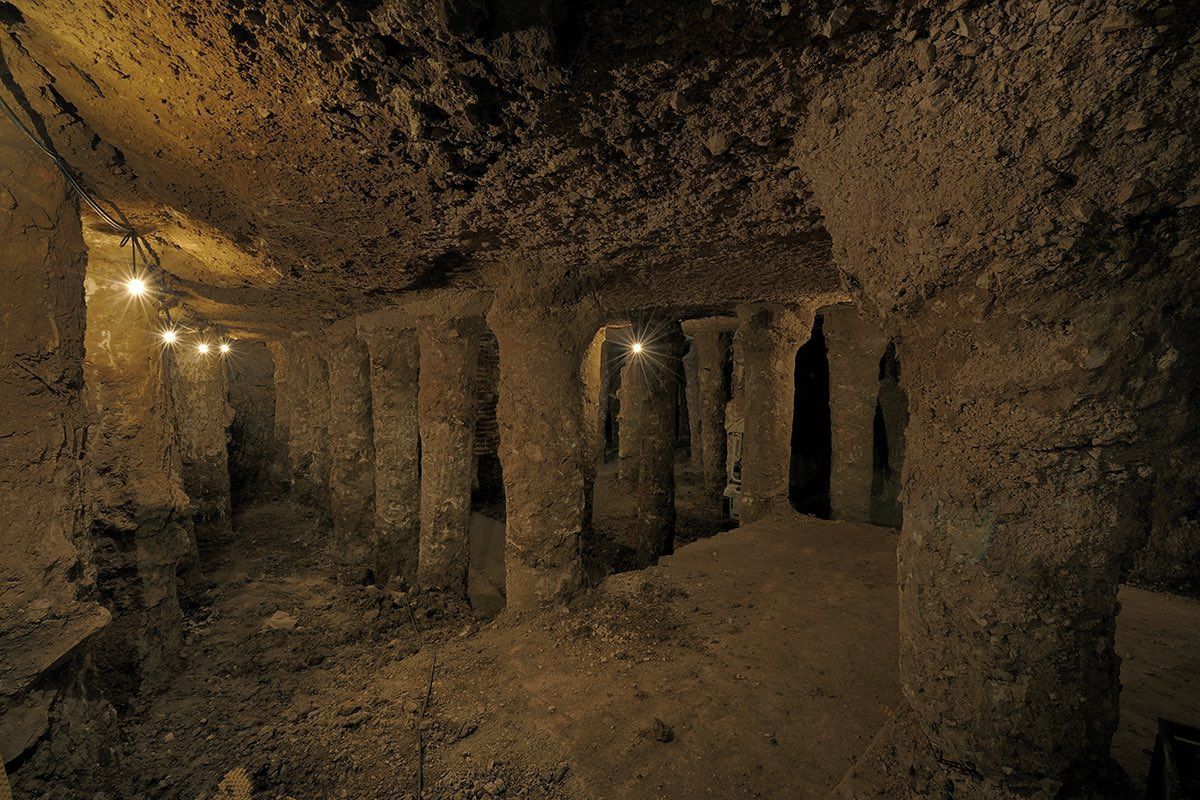
Samson (crypt) 2003-2005 Photo: Charles Duprat / Copyright: Anselm Kiefer

Ra 2018 Photo: Georges Poncet / Copyright: Anselm Kiefer
Read also

Miriam Koch, City of Düsseldorf Commissioner for Culture and Integration ©Dominic Heidl
Miriam Koch City of Düsseldorf Commissioner for Culture and Integration: "The task for the next few years will be to ensure that the culture budget can continue to be made available." Read more on Alethea Talks.
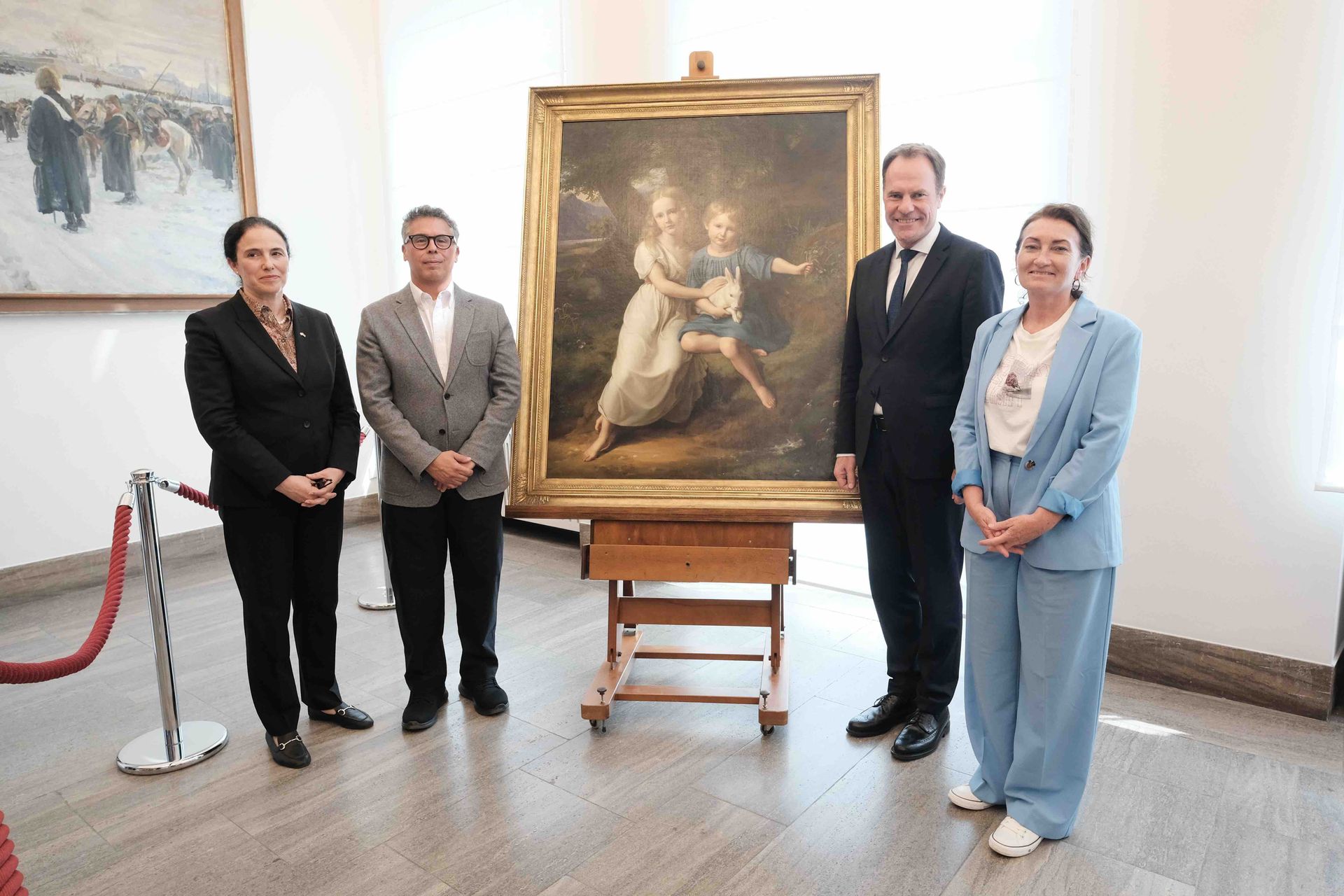
© Landeshauptstadt Düsseldorf/Michael Gstettenbauer
Ceremonial handover of "Portrait of the Artist's Children" Wilhelm von Schadow to "Dr. Max and Iris Stern Foundation".

Do you already know Düsseldorf? The most important dates from Lifestyle, Art, Fashion, & Gourmet in 2023.
The Potsdam Schlössernacht celebrates the German-Dutch friendship on 18 & 19 August 2023 at Schloss Sanssouci. Prachtig!

LR Vandy "My work is often about celebrating or highlighting the underrepresented stories of humanity." Read more on Alethea Talks.

"Unseen Colour" Werner Bischof
One of the most important historical exhibitions in Europe can be found at MASI, Lugano until 2 July 2023. (click here) Read also the interview with Marco Bischof on Alethea Talks.

Anselm Kiefer about Barjac
Anselm Kiefer, Collège de France, “Passage,” Paris, March 15, 2011
“I built several artwork-buildings, which I then connected via underground tunnels and open-air walkways. Initially, I didn’t want any attention to be directed towards what happens in the gaps. (...) This way, the artworks look like they are coming out of the ground and transcend the material realm, the here and now, to form an empty space — where creation can expand. They are the expression of my attempt to uncover the mystery linking our world to the spiritual one — a search for an ineffable reality.”
Collège de France, lesson in situ, La Ribaute, April 29, 2011
“Barjac isn’t just a compound, an exhibition space, a work environment, or a laboratory. I have been able to extract most of my work materials from its soil.”
Art Will Survive its Ruins, “Barjac,” Éditions du Regard, 2011
“There is in fact a tangible boundary between art and life, an unstable border that often shifts from one to the other–a frontier without which art cannot exist. When, within the context of its inception, art borrows elements from life the traces of which remain visible in the finished work, the difference between art and life defines the very essence of the artwork.”
p. 333
“I shall not detail the buildings and installations, which you will see on your own, for you will find it more interesting to explore them unimpeded by any preconceived notions or commentary. I shall only add that everything you see in Barjac is part of an ensemble whose elements are connected: completing each other in one spot, clashing into one another, or drawing apart to come together again more effectively still elsewhere. These elements branch out and form networks, not only owing to the footbridges and tunnels, but also because of their internal relations. I invite you to discover La Ribaute with no preconceptions.”
Official source: Eschaton Foundation
ALETHEA recommends



